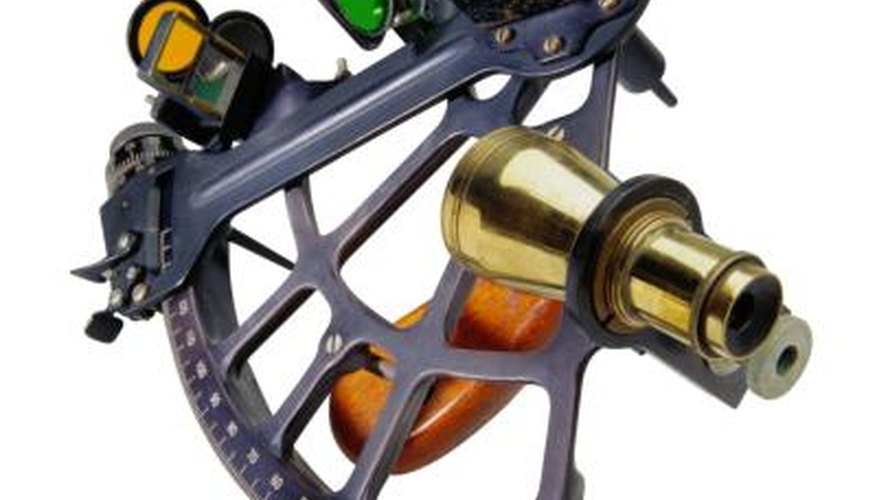The Bris sextant was developed by Sven Yrvind in an attempt to create inexpensive equipment for ocean crossings. Though it has limitations, this is an attractive sextant to use for navigation because it requires no adjustment and has no moving parts. This type of sextant is also very small, lightweight and durable, whereas other type of sextants are often heavy and delicate, adding further advantage to the Bris sextant.
- The Bris sextant was developed by Sven Yrvind in an attempt to create inexpensive equipment for ocean crossings.
- This type of sextant is also very small, lightweight and durable, whereas other type of sextants are often heavy and delicate, adding further advantage to the Bris sextant.
Mix some epoxy in a disposable cup using a craft stick. Epoxy sets quickly, so be sure that you have everything together before you get to work. You can use the craft stick to put epoxy onto the glass.
Glue the three pieces of glass together so that they form a V shape, with the tinted glass being on the outside. The angle between each piece needs to be at about 10 degrees, but exactness is not important.
Let the epoxy set. Once it is dry, your sextant is complete. You may wish to add a string so that your sextant does not get lost; the designer of this sextant adds a small wire hook to his sextants, as he likes to attach them to his glasses during use.
TIP
You may wish to put more small glass pieces or rods between each glass piece of the sextant for added stability. Glue these between each section toward the top. Microscope slides can be used to make this sextant.
WARNING
Always use epoxy in a well-ventilated area.
